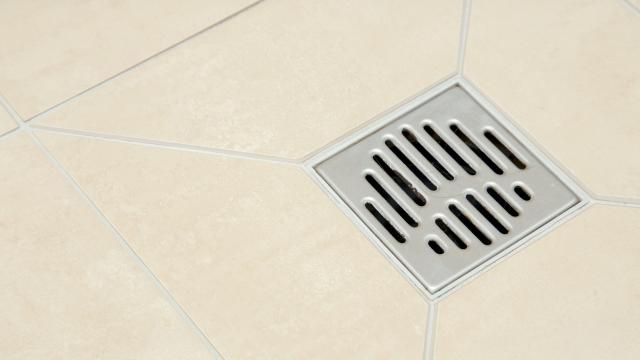Remodeling evokes a lot of contradictory emotions, from excitement over the possibilities to dread concerning the time, trouble, and mess — and few places are as anxiety-inducing to tackle as a bathroom. But if you’re considering retiling your shower, it may be easier than you think; you probably can do it without all the hassle you’re imagining by tiling right over what is already there.
Tiling over your existing tile floor has several advantages: You skip demolition, so you minimise your mess and the period of time your shower is out of service. You save money and time, and you don’t disturb the current waterproofing system or have to figure out slope or drainage. Tiling over your shower floor essentially turns a major remodel into a weekend project — here’s how to do it.
Do your due diligence
First, you have to make sure your existing shower floor is in good shape. If it has cracks or loose tiles or if there’s any sign of leaking, this won’t work. The existing tiles have to be solid because your new tiles will only be as sturdy as the ones they’re going over. Let your shower dry out and perform a thorough inspection. If you see any minor cracks, you can fill them with some silicone, and if you want to be extra careful, you could give your shower pan a few coats of waterproofing later in this process.
If your shower floor looks to be in good shape, do a thorough cleaning with a degreasing soap; once you’ve scrubbed the floor thoroughly, let it dry.
Prepare the surface
The key to tiling over tile is surface prep. The thinset used to adhere tile needs something to grab onto, and a lot of tile is too smooth, so you’re going to have to take some steps to ensure your new tile doesn’t pop right off:
- Remove the drain cover. Take off the covering over your shower drain and stuff a rag into the drain (or cover it with tape) itself to prevent debris from falling in.
- Rough up the existing tile. Using 80-grit sandpaper, scuff up your existing tiles to get the gloss off them. Don’t go too medieval on your tiles — you’re not trying to grind them into oblivion. You just want to scratch them to heck and back so your thinset has a “grabby” surface. Once this is done, vacuum and clean thoroughly.
- Prime. This is the key — use a “bonding primer” (like Mapei’s Eco Prim Grip) on your shower floor. This primer just paints on with a roller and brush; get a good, thick coating on the floor, being careful not to slop it all over your shower walls if you’re not planning to change out that tile.
- Waterproof (optional). If you inspected your shower floor earlier and kept going, you must be satisfied that your existing shower floor doesn’t leak. If you want to be extra careful, though, you could take this opportunity to slap on two or three coats of RedGard or other liquid waterproofing. But if your existing floor was leaking, this will not solve the problem — in fact, it might make it worse. If your existing shower floor is leaking, you need to do a more extensive repair.
- Install drain extender. Adding a layer of tiles to your floor will add height, which means your drain may now sit too low. Buy a drain extender (or two, if necessary) and dry-fit some of your new tile around the drain to judge how high you’ll need your new drain to be (you want the drain to be approximately level with your new floor).
Install your new tile
Your primer is dry and your drain has been extended. Dry-fit your new tile to get the layout fixed — it’s always better to figure out your tile layout before your thinset is on the surface and you’re on the clock. Figure out what cuts you’ll have to make and where you’re going to have other tiling challenges, like slivers or gaps.
Once that’s done, break out the thinset. From here it’s just like tiling anywhere else — consult your tile’s documentation regarding trowel size, and choose a high-quality thinset. You want something with a reputation for being “grabby,” like Laticrete 254 Platinum — this kind of thinset can be a challenge because it’s very sticky and dries fast, but it will bond extremely well to both sets of tile. Once your tile has set, grout as usual, replace your drain cover, and voila! A new-looking shower floor.

Leave a Reply
You must be logged in to post a comment.